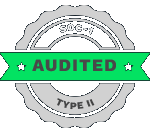“You know that old saw about a plane flying from California to Hawaii is off course 99% of the time but constantly correcting? The same is true of successful startups, except they may start out heading towards Alaska.” – Evan Williams
Of course, what differentiates successful startups from deadpooled ones is how scalable their idea is going to be in the future. A good place to start assessing if your idea has what it takes is a Minimum Viable Product.
There’s just one problem.
Most teams and founders do not understand what MVP is or the purpose it solves. The abbreviation may include ‘Product’ in the name, MVP is a process. One that you repeat over and over again, basing your iterations on the feedback you receive until you have a product that is:
-
Fit for market needs
-
Addresses a major chunk of user recommendations
Ill-formed assumptions can kill your startup – And they generally do!
A post-mortem study by CB Insights found that in nearly 42% of startup failure cases, there was no “market-requirement” for the product or service on offer.
This means that so much time, talent and money was wasted before it was clear that the central assumption of “Someone being interested in my product” was flawed.
And this is where MVP first comes into play. Essentially speaking, building an MVP is the surest way to test your assumptions is to put out a bare minimum of your product in front of users; as quickly as possible.
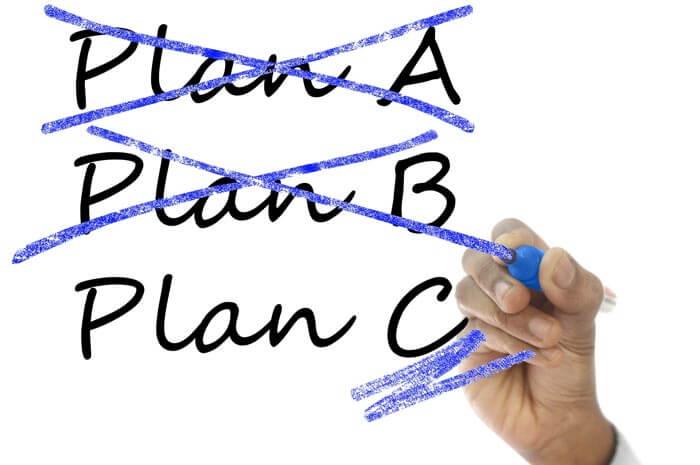
While the concept to build a minimum viable product is something that is usually associated with Startups, it is not at all an uncommon practice for older, established companies to play around with it too. Here at BluEnt, we work on MVP before our developers even get started with the real product.
And interestingly, we often find out that we need to go back to the drawing board.

We think it is perfectly natural too. Whether you’re writing the next epic saga or creating the next blockbuster or working on the next product, it only makes sense to refactor and rewrite everytime you receive constructive feedback. All creative human endeavors work on the concept of trial and error. And the successful ones pass the tests after several trials and tribulations.
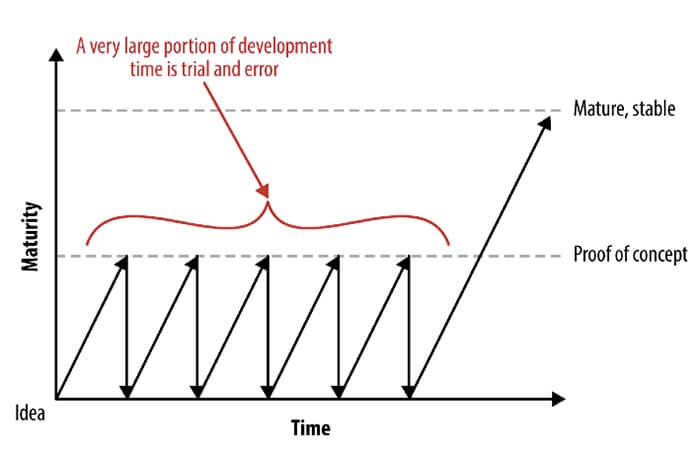
In this trial and error world, the fastest error finder wins. Eric Ries calls it Lean, Kent Beck and his programmers called it Agile. Whatever the names, the crux is to reach out and find out which assumption is wrong, based on the feedback from real users of your product.
Whether your MVP is for a new produt or a new program or a new marketing strategy, ask yourself two questions before you set out to move mountains:
-
What is the riskiest assumption in this draft?
-
How can I test this assumption with the smallest experiment?
This, in a nutshell is your MVP process.
What’s my riskiest assumption?
Before you buy that office space to lock yourself and your small team inside for development, test out the waters. Reach out to users with your main idea and see how the response is. See what pain points your target group has and whether what you’re doing is going to help address those very issues. Whether it is enouraging or lukewarm, you’ll atleast know the direction to progress. Devoting a few hours to this is better than months of wasted development and money on a poorly received product.
How can I test this assumption with the smallest experiment?
If you feel that your assumption is okay to be worked upon, go ahead and create a bare minimum app or website or a product. Demonstrate this to users and see how the response is. It will not only give you valuable feedback from potential customers, but will also equip you with the much needed direction to adjust your business sails again.

By now, you must have realized how much interested we are in developing solutions that drive change. We’re not afraid to design, redesign and readjust. Because it is what we’re known for. Do let us know if you want to consult us for your MVP. We’re just a click away!
Maximum Value. Achieved.
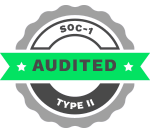











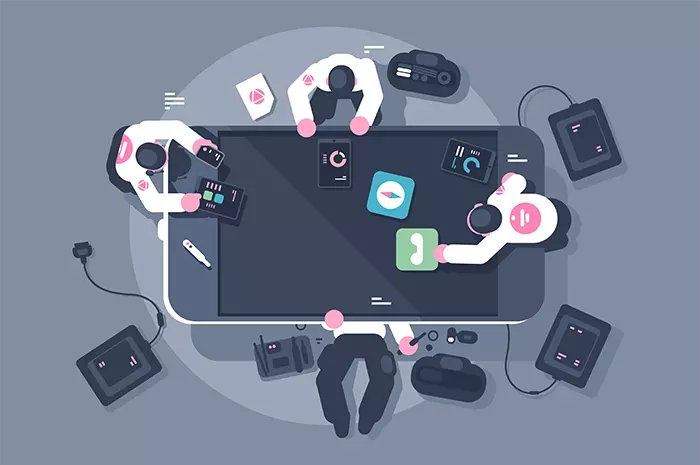 How Much Does App Development Cost? A Budget Estimation Guide
How Much Does App Development Cost? A Budget Estimation Guide  Using Angular to Develop Mobile Apps Can Be a Game Changer for Your Business
Using Angular to Develop Mobile Apps Can Be a Game Changer for Your Business  Pros and Cons of the WooCommerce Plugin for Online Merchants
Pros and Cons of the WooCommerce Plugin for Online Merchants  Mean Stack vs LAMP Stack: Which One is Better for Your Business?
Mean Stack vs LAMP Stack: Which One is Better for Your Business? 
